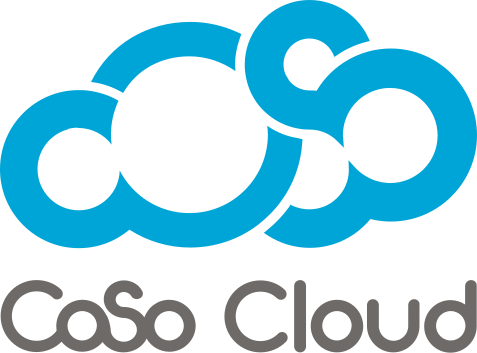
Virtual Training Tip #1: WIIFM
August 29, 2017
Last month and in our August Customer Newsletter we shared 7 Tips for Helping Expand Use of Virtual Training Within Your Organization
Beginning this month, we’re fleshing out and expanding on each of these tips in a bit more depth.
Let’s start with number one – WIIFM? As in, “What’s in it for me?” Right off the bat, the relevance and benefits of the training need to be explained and understood by all potential attendees. Why should any employee take time out of their already-busy work schedule (or lunch break, or free time with their family and friends) to undergo this training? Will it be beneficial for their current position? Help provide new skills that would give them an advantage when it comes time to promote from within? Frame the training on how it benefits the employee, and you’ll have a captive audience.
Learning (and especially, constant learning) is a process. Initially, you may train employees on their basic job functions, and they, in turn, go out and execute with those initial skills. But the key to continual learning and development (and in the process, enhancing employee satisfaction and retention as a byproduct) comes with your subsequent follow-up and building upon those initial skills. And right here is where you need to frame additional training based on what it offers for your employees.
Many employees may say, “I already have the skills to do my job. I’m good.” But if you present additional training by how it can help them do their job better (or faster, more efficient, less error-prone, etc.), now their curiosity is piqued. If you let them know that the additional skills they will learn may help them with a future promotion (or help them to gain additional skills that are very in-demand right now in the business world), now you’re offering them a chance for a brighter future (and who is going to turn that offer down, right?).
For example, a previous employer offered me and my team not just a week-long initial training session as a New Hire, but continually revisited training every 3 months or so, building upon what we learned in previous sessions. At first, we learned about the company, its values, its products, its customers, and initially what was expected of us in our roles as Customer Success Managers. A few months later (after we had been on the job 90 days or so), we regrouped for another day-long session, building upon our experiences during the first few months. What challenges did we face? What did we need to be successful that we were not receiving from our managers or the company currently? Adjustments, when possible, were made to our internal processes, then we’d meet after another 90 days. Did these changes help? Yes or no? What other challenges were we experiencing now?
These sessions were always focused on making us better employees. My manager even admitted, “We want you to be the best at what you do – whether it’s for us, or another company down the line.” By framing this training to help us with our future (and not to tie us down to this company) really helped us see how this would benefit us, and made us more likely to fit the training into our already-busy work schedules.
Of course, this is just one example. But the key to the “domino effect” of effective training lies in making sure all attendees understand why this is important for them, and the benefits that they will take away from the training.
As Elmer Wheeler and then Cosmo Kramer said in an old episode of Seinfeld, “Remember – you don’t sell the steak. You sell the sizzle!”
Other Posts in the Series:
Original Article: 7 Tips for Helping Expand Use of Virtual Training Within Your Organization
Tip #2: Start at the Top
Tip #3: Timing is Everything
Tip #4: Good News Travels Fast
Tip #5: Bad News Travels Even Faster
Tip #6: Making It Fun
Tip #7: Understand and Monitor Usage











